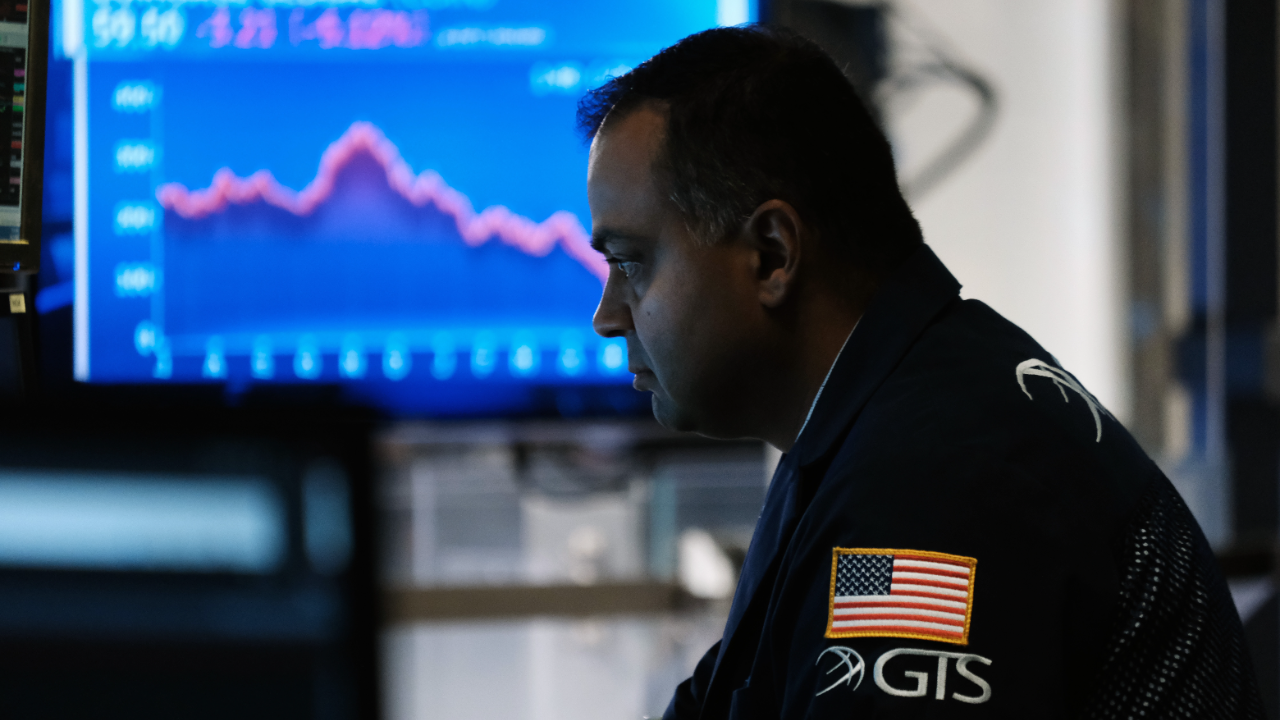Has the economy peaked? Here’s what top economists have to say

It’s shaping up to be a challenging year for the U.S. economy.
Trade wars are threatening growth, job creation is slowing and the stimulus from the Trump administration’s tax cuts appear to have faded. That means the U.S. economy is likely to expand at a much slower pace this year, after posting its best annual growth performance in three years during 2018.
The widely-followed GDPNow tracker from the Atlanta Fed forecasts that the U.S. economy expanded by 1.4 percent throughout the months of April, May and June, bringing the average pace of growth so far this year down to 2.25 percent, about one percentage point lower than where it was at this time last year.
But could this slowdown be reversed, bringing the pace of growth back up to its level from last year? Or does this mean a downturn is on the horizon?
Here’s a look at what top economists are saying.
How likely is it that GDP can hit 3 percent or more for (the full-year) 2019?

Prospects for growth remain solid with low unemployment, moderate income growth, high levels of consumer confidence, the Fed likely on hold and few signs of a credit bubble. Those fundamentals will support moderate business investment and continued employment growth.— Bob Hughes, sr. research fellow, American Institute for Economic Research
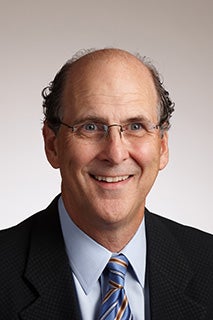
It is highly unlikely. The economy is expected to slow as the impact of fiscal stimulus fades. The recent U.S. and China trade war escalation adds significant uncertainty to both businesses and consumers, which should reduce the pace of growth.— Jack Kleinhenz, Ph.D, chief economist and principal, Kleinhenz & Associates
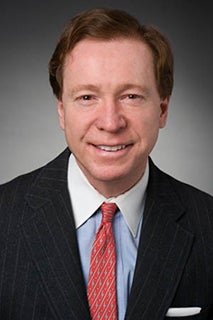
It’s most likely that growth has peaked. We expect 2.5 percent GDP growth for 2019 and a good chance of a recession in 2020. As noted above, the risks are to the downside. Monetary policy has overtightened, and fiscal stimulus will dry up by the end of the year. Add in trade fears, decaying housing and manufacturing sectors, global weakness and geopolitical tensions, the result is definitely more downside risk.— Dan North, chief economist, Euler Hermes North America

U.S. growth has peaked this cycle, unless we see more dramatic improvement in productivity, either through technological innovation or increased capital investment. With the boost from fiscal stimulus and a strong job market, the US was able to reach and exceed 3 percent growth in a number of quarters in 2017 and 2018, but as those effects wane, we do not expect to reach those levels of growth again this year. We expect growth to slow from 3 percent in 2018 to a little over 2 percent in 2019, as global growth slows.— Mike Fratantoni, chief economist, Mortgage Bankers Association

With first half growth averaging 2 to 2.5 percent, second-half growth would have to reach 3.5 to 4 percent. This will be difficult since new rounds of fiscal or monetary stimulus are unlikely. Even if some agreement on trade between the U.S. and China is reached, business investment is unlikely to immediately accelerate.— Lynn Reaser, chief economist, Point Loma Nazarene University
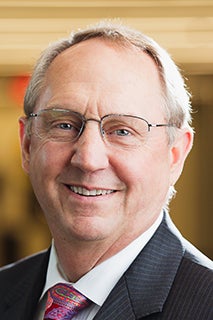
3 percent growth in 2019 is a stretch, but 2.5 percent is possible.— Bob Baur, global chief economist, Principal Global Investors
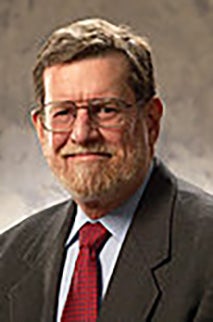
I’m guessing that the trade shock will yield a recession, or near to one. Thus, growth in 2019 will slow and quarter 4 could be below 2018 Q4.— William Poole, Ph.D, distinguished senior scholar at the Mises Institute, former president of the St. Louis Fed

While the economy posted its strongest performance in three years in 2018, up 2.9 percent, it reached an inflection point in Q4 2018. We see real GDP growth momentum slowing from 3 percent year-over-year in the fourth quarter of 2018 toward 2 percent year-over-year by Q4 2019 on dissipating fiscal stimulus, mildly tighter financial conditions, slower global growth, rising trade tensions and softening private sector confidence.— Gregory Daco, chief U.S. economist, Oxford Economics

Either of the two divergent paths is possible from one common issue. The economy to halt close to recessionary condition if the trade war talk escalates or [it] could reach 3 percent or higher if a trade agreement is reached.— Lawrence Yun, chief economist, National Association of REALTORS(r)
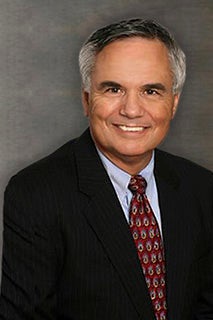
Once trade resolutions are behind us, U.S. growth could again hit 3 percent.— John E. Silvia, CEO and founder, Dynamic Economic Strategy

Fiscal stimulus (tax cuts and increased government spending) added to growth in 2018, but there appears to be little of that in 2019. Trade policy (tariffs) did not have a big effect on the economy in 2019, but there is growing anecdotal and empirical evidence that trade is having a negative impact in 2019.— Scott J. Brown, chief economist, Raymond James
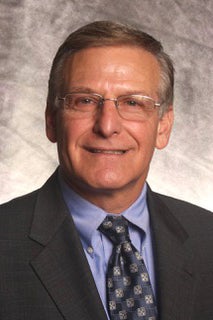
The likelihood is slim to none that growth will hit 3 percent this year, as consumer and business spending are showing no signs of growing anywhere near that pace. Fiscal policy cannot help anymore, as the budget deficit is headed toward $1 trillion, and trade will likely be a drag.— Joel L. Naroff, president, Naroff Economic Advisors
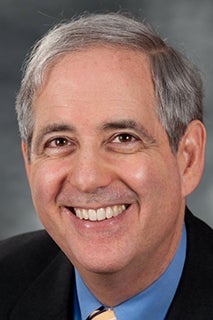
The U.S. annualized GDP growth rate has peaked this cycle. It is unlikely that there will be another quarter with a 3 percent or higher growth rate anytime soon. Thus, for the year, growth will be below 3 percent. The strong growth in the first quarter was partly due to businesses accumulating inventory ahead of possible tariff increases. Investment appears to [be] slowing. Consumer spending is likely to slow in the face of higher prices due to increases from imported goods.— Bernard Markstein, president and chief economist, Markstein Advisors

It is not likely that GDP will be 3 percent in 2019.— Robert Dietz, chief economist, National Association of Home Builders

Without additional fiscal stimulus, it is very unlikely that GDP growth will match its pace of the past 12 months, especially with the recent escalation in the trade conflict with China. Trend growth in the U.S. is close to 2 percent based on productivity and labor force dynamics, so we would need to see a sudden surge in tech-driven productivity like the late 1990s and/or a surge in the labor force participation and immigration for 3 percent growth to be sustained over a multi-year period.— Sarah House, senior economist, Wells Fargo
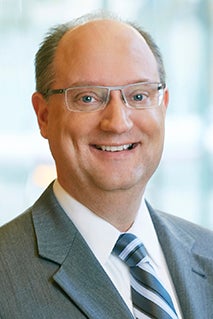
Yes, GDP growth has likely peaked for this cycle. Slowing global growth and escalating trade war, fading fiscal stimulus and tighter financial conditions are some of the primary drivers of our forecast.— Scott Anderson, chief economist, Bank of the West

Not very likely. Strong business investment pushed growth up in 2017-18, responding to generous fiscal incentives. Given the recent financial market volatility and the ongoing uncertainty about near-term trade, immigration, monetary and fiscal policies, we think that businesses are likely to be cautious with their investment decisions.— Daniil Manaenkov, chief U.S. economist, Research Seminar in Quantitative Economics University of Michigan

The economy is coming off its fiscal stimulus-induced sugar high, therefore growth has likely peaked. Slower growth isn’t a recession.— Ryan Sweet, director of real-time economics, Moody's Analytics
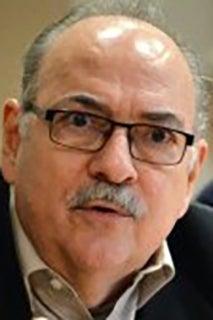
Can the U.S. hit 3 percent growth? Not this year, but ahead it is possible, but only with the right moves.— Robert Brusca, chief economist, Fact and Opinion Economics

We are not boosting investment enough to permanently move the needle on productivity growth and demographics are turning against us.— Diane Swonk, chief economist, Grant Thornton
Why we ask for feedback Your feedback helps us improve our content and services. It takes less than a minute to complete.
Your responses are anonymous and will only be used for improving our website.




